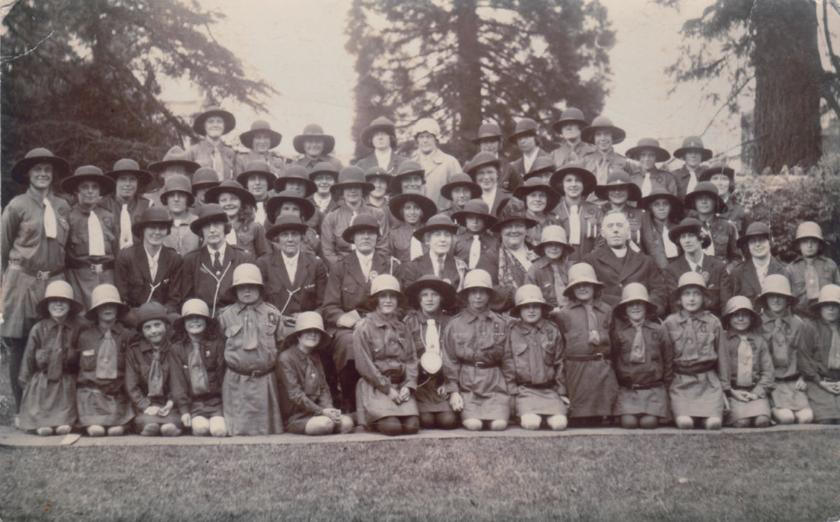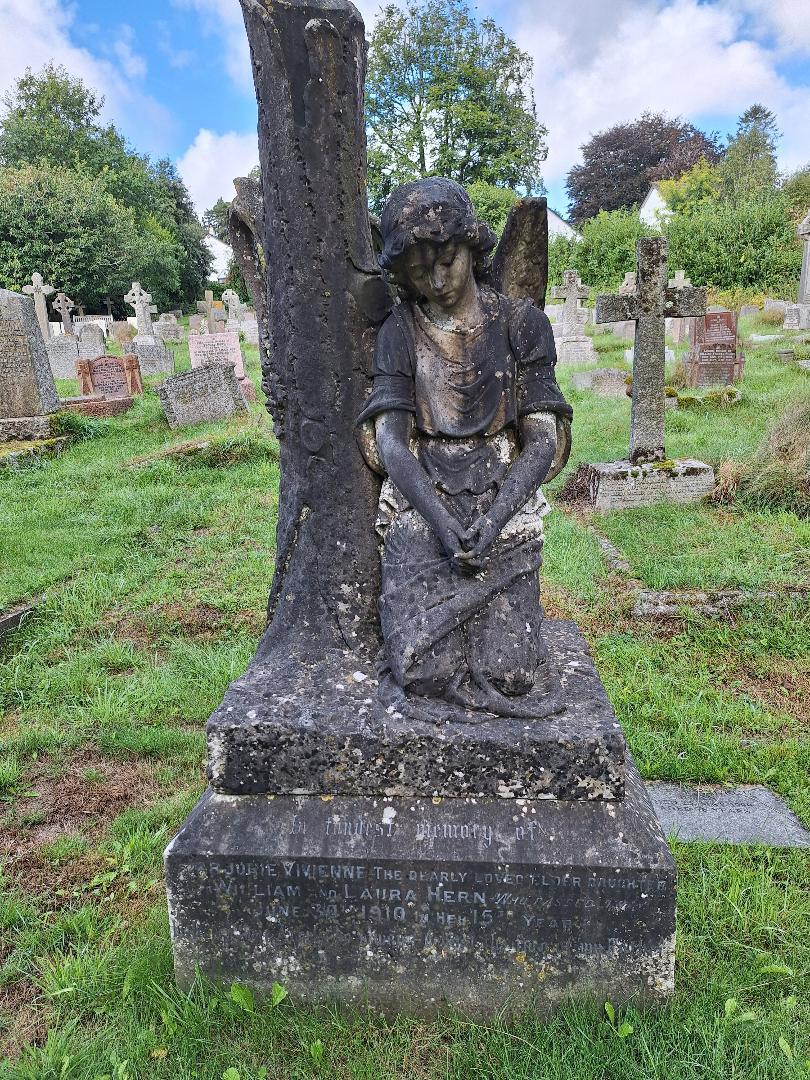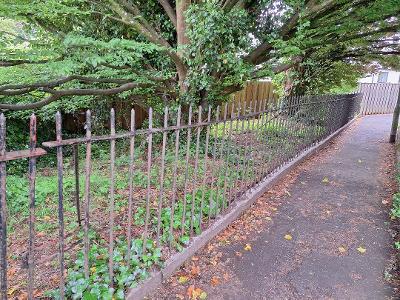


1530-31...And rope for tying pigs that came into the cemetery (2d)
Devon and Cornwall Record Society, Churchwardens Accounts of Ashburton, 1479-1580, Alison Hanham, The Devonshire Press Ltd., Torquay 1970, p86

In 1854 a new Act, 'for the protection of the public health', stated that no new burial grounds should be opened in a number of places, without the approval of one of Her Majesty's Principal Secretaries of State. There were some modifications, including at Ashburton, where no new burials were to be made within the church of St Andrew, or in the churchyard to the north of the church, or within 5 yards of the building. The exceptions to this were that existing vaults or brick graves within the church could be used, providing that each coffin was embedded in charcoal, and separated from others by 'concrete, brickwork or masonry'.
London Gazette Issue 21568 4 July 1854, p2079
1855 As the north side of the church was now too crowded for further burials, the authorities were poised to buy a piece of garden to enlarge the churchyard.
Western Times 27 January 1855 p7 col5
Nothing had been done by July, and the ratepayers called a meeting to discuss the situation. Mr W. Parkyn, Independent minister, wanted a section for dissenters to be provided if a (public) cemetery was built. But if church lands were to be extended, he thought the church authorities ought to bear the burden of the cost.
Western Times 28 July 1855 p7 col4
In August new land was selected near the old churchyard. The Western Times did not approve, saying that it had been selected by 'the few'.
Western Times 18 August 1855 p7 col5
1857 A correspondent to the Western Times claimed that the churchyard was 'crowded with graves and fragments of bones'. Sheep were often grazing there.
Western Times 13 June 1857 p7 col1
1866 There was still discussion about extending the churchyard. Members of the established church wanted to extend the burials into adjacent land called Folly Gardens, owned by Mr Rogers. Dissenters wanted a separate cemetery.
Western Times 16 February 1866 p7 col3
'Horrified' writing to the Western Morning News in 1867, complained about the state of the churchyard. Paths were neglected, with a lack of gravel and with grass growing in them; many of the graves were very untidy, and there was a plantation of sting-nettles two or three feet high. The correspondent learned that the weeds were rarely cut, but that sheep were turned out to eat the grass when it became too long.
Western Morning News 6 Sept 1867, p4 col7
The new burial ground was finally consecrated in 1868 by the Right Rev Bishop Trower. It extended the churchyard on the south side.
Exeter and Plymouth Gazette 22 May 1868 p7 col5
*******

